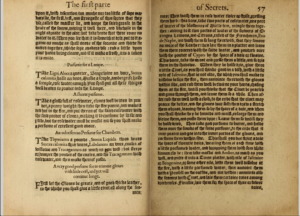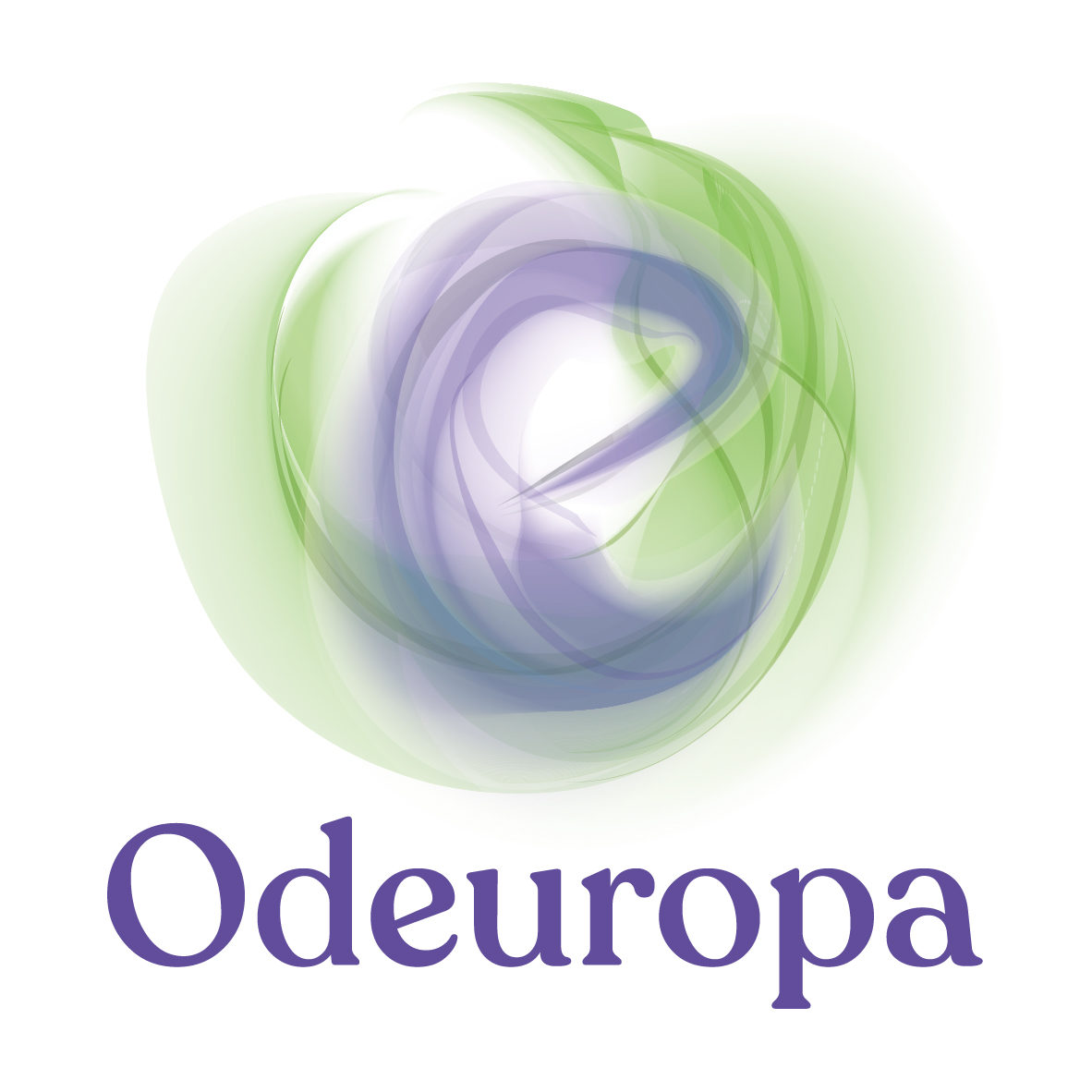Dutch Digital Heritage Network interviewed Odeuropa team member Marieke van Erp for the Dutch “Paulus en De Nijs op Reis” podcast. For this episode, Kirsten (Paulus), Ronald (De Nijs) and Marieke followed their noses at Rijksmuseum Amsterdam to take in the Odeuropa perspective on the artworks. The podcast can be found Soundcloud or Spotify.
If you understand Dutch, start up the episode and scroll along. If you do not (yet) understand Dutch, find the podcasts highlights below.
Marten Soolmans, Rembrandt van Rijn, 1634 (Gallery of Honour)

Here we focused no Marten’s gloves – the leather tanning process was rather smelly so people used to perfume their gloves. In Odeuropa, we found a 16th century recipe (A verie good parfume for to trimme gloues):

Girolamo Ruscelli, The Secrets of the Reuerende Maister Alexis of Piemount, trans. Wyllyam Warde (London, 1558), 59v–60. Available via:
Open Knowledge Commons and Harvard Medical School
https://archive.org/embed/secretsofreveren00rusc
The Odeuropa team worked with scent makers from IFF to create an interpretation of this recipe, to give for example museum visitors an idea of the type of smells 16th century people used. Museums and other cultural heritage institutions can also use smells to for example communicate visual objects to visually impaired audiences. In Odeuropa, computer vision algorithms have been trained to detect gloves in paintings as well as natural language processing algorithms to detect references to smells in texts such as the above recipe.
Intermezzo: Kirsten asked two teenagers how they thought the Nightwatch smelled. They thought it would smell musty and of old paint 🙂
Second stop: Cows in a Meadow near a Farm, Paulus Potter, 1653 (on display in room 2.28). In the Odeuropa Explorer, you can find that the computer vision algorithms have recognised several cows and sheep.

The Explorer allows anyone to search and browse through the texts and images that were processed using the Odeuropa text and image processing tools. Paired with the Olfactory Storytelling Toolkit, these Odeuropa tools can aid museum professionals in finding interesting smell objects and references related to artworks and then hands-on tips on how to go about pairing those with scents and how to present them to museum audiences.
Third stop:An extensive seascape with figures by a boat on a shore, Ludolf Bakhuysen, 1667 (on display in room 2.28) Almost next to Potter’s farm landscape, is a seascape, which now conjured up the briny smell of a day at the beach for us.
It is Odeuropa’s aim to increase the knowledge and appreciation for smells and for museum audiences to engage all their senses when interacting with art and cultural objects.
